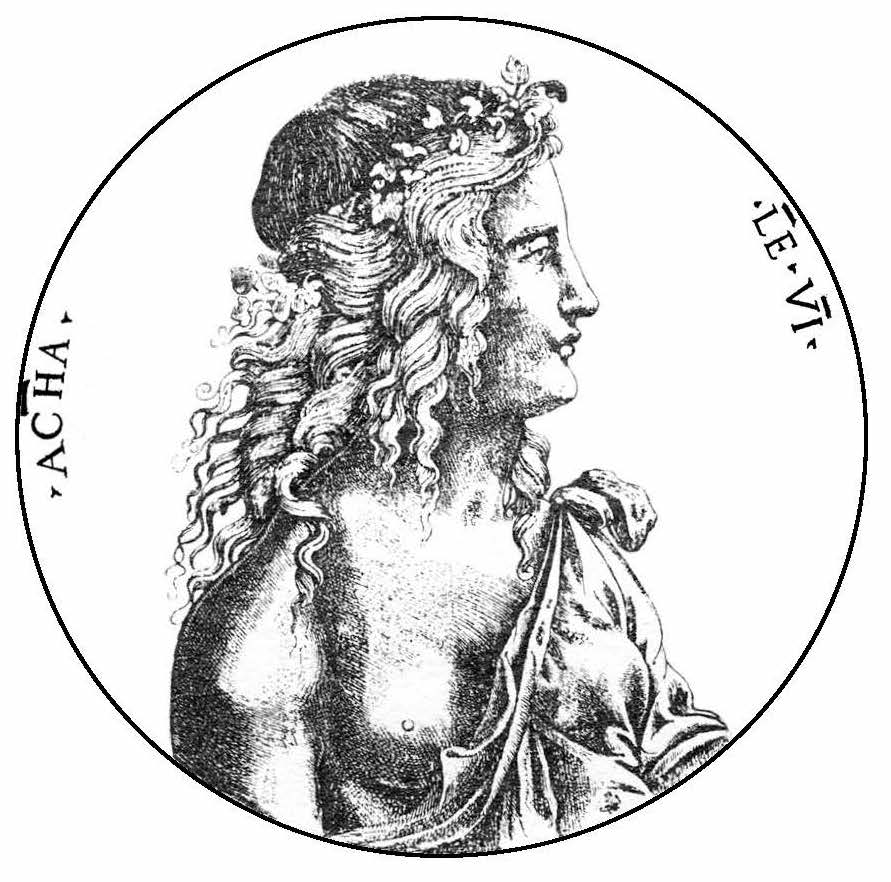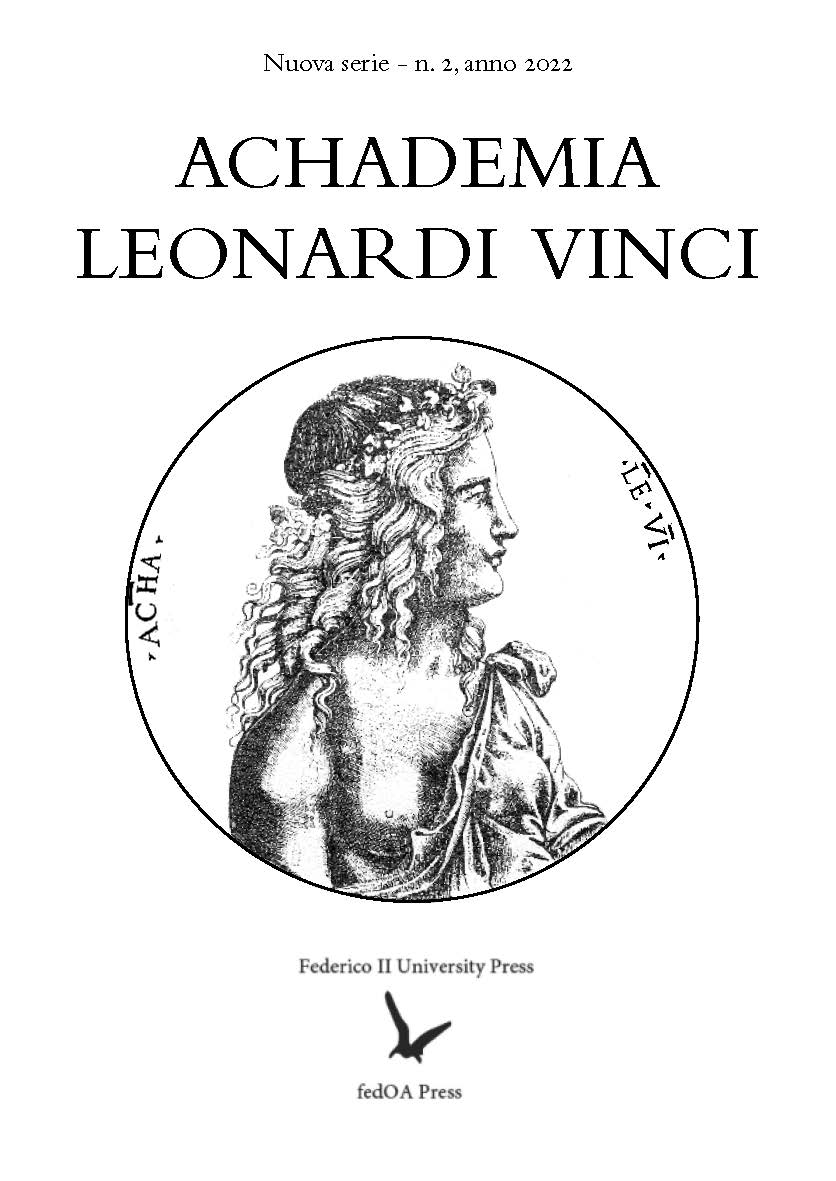The balance in Leonardo and Persian mechanical manuscripts: measuring instrument and interpretation tool
DOI:
https://doi.org/10.6093/2785-4337/9689Abstract
This contribution arises from a few annotations, which are in a Persian manuscript that I tracked down in 2019 in Tehran and translated. It alludes to the relationship between leverage and balance, a topic that has interested various scholars and even Leonardo da Vinci. This has written various annotations on levers, scales, gravity and 'motions', including those of groundwater which is always in constant motion, in line with the question of equilibrium whose alteration produces displacement.
Sources and insights carried out on manuscripts and and persian texts have made it possible to trace and reconstruct a new and unusual role of the astronomer Naṣīr al-Dīn Ṭūsī (1202-1274), who was also an exegete of Heron's Mechanics and author of a Treatise on gems:' Tansūkhnāme -ye Ilkhānī', This book also expresses the classification of the sciences of Ṭūsī and his philosophy that the philosophy linking him to al-Farābī, Avicenna and of Sufi. In fact, the study intends to highlight the similarities found between the Persian manuscripts and Leonardo's notes dedicated to motion, balance and consequent displacement. This is a series of information that allows us to deepen our knowledge of the cultural substrate of Leonardo's time and to hypothesize the reasons for the presence of texts by Arab and Persian scholars in his library, as demonstrated by recent studies.The essay also lingers on the detectable links between the texts probably known to Leonardo and the definition of the field of mechanics that unites Pappus and the Renaissance engineers. The insertion of the balance, of the devices and of the machines in the same context brings the Iranian-trained mechanics – often also Arabographers – and Pappus, whose thought reached the West as early as the 12th century, closer together. The passage of Pappus that defines what is the object of Mechanics, has also been identified in the Catalog of sciences of al-Farābī to which both Avicenna and Ṭūsī refer. The text of al-Farābī was translated by Gerardo da Cremona and Domenico Gundisalvi and was probably known to those who knew Vitruvius and other authors mediated by translations and/or additions that circulated widely even in Leonardo's time.


